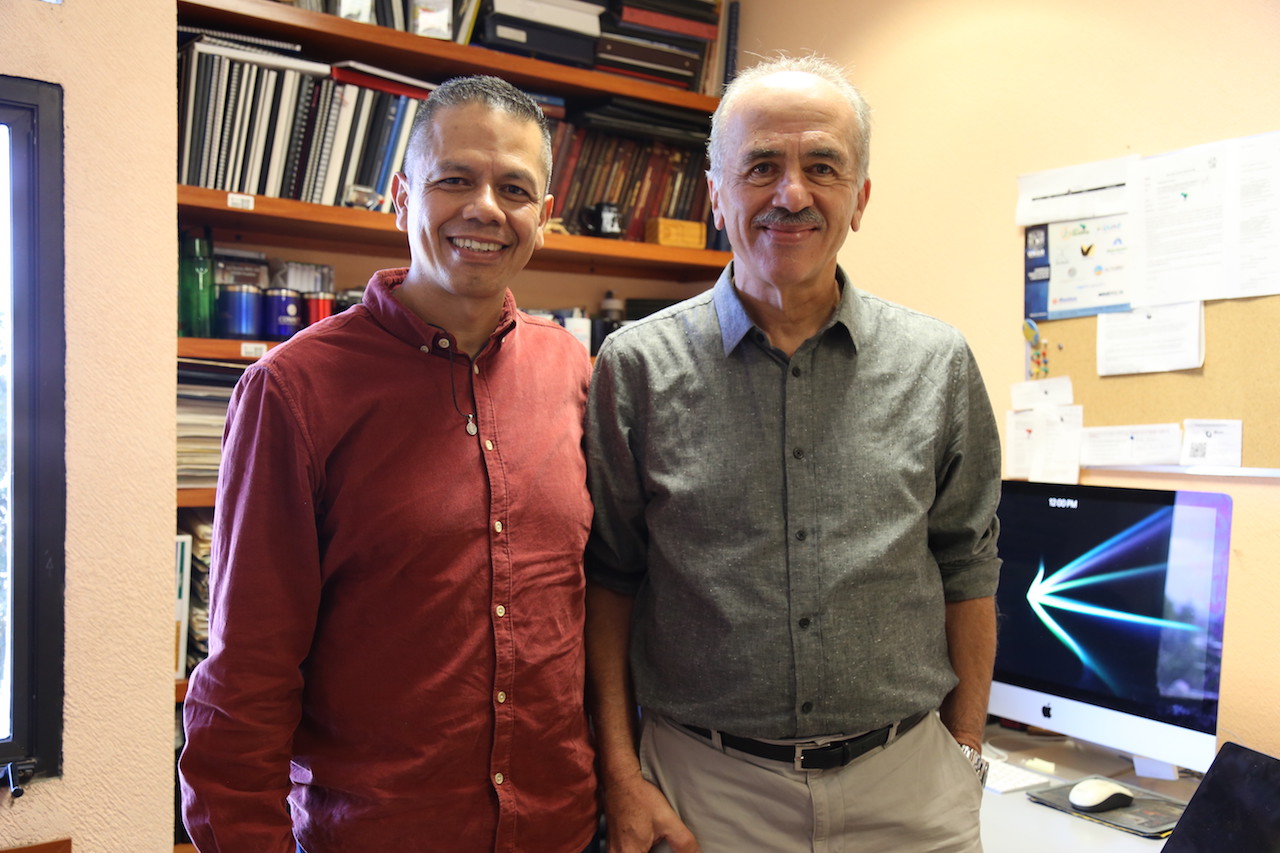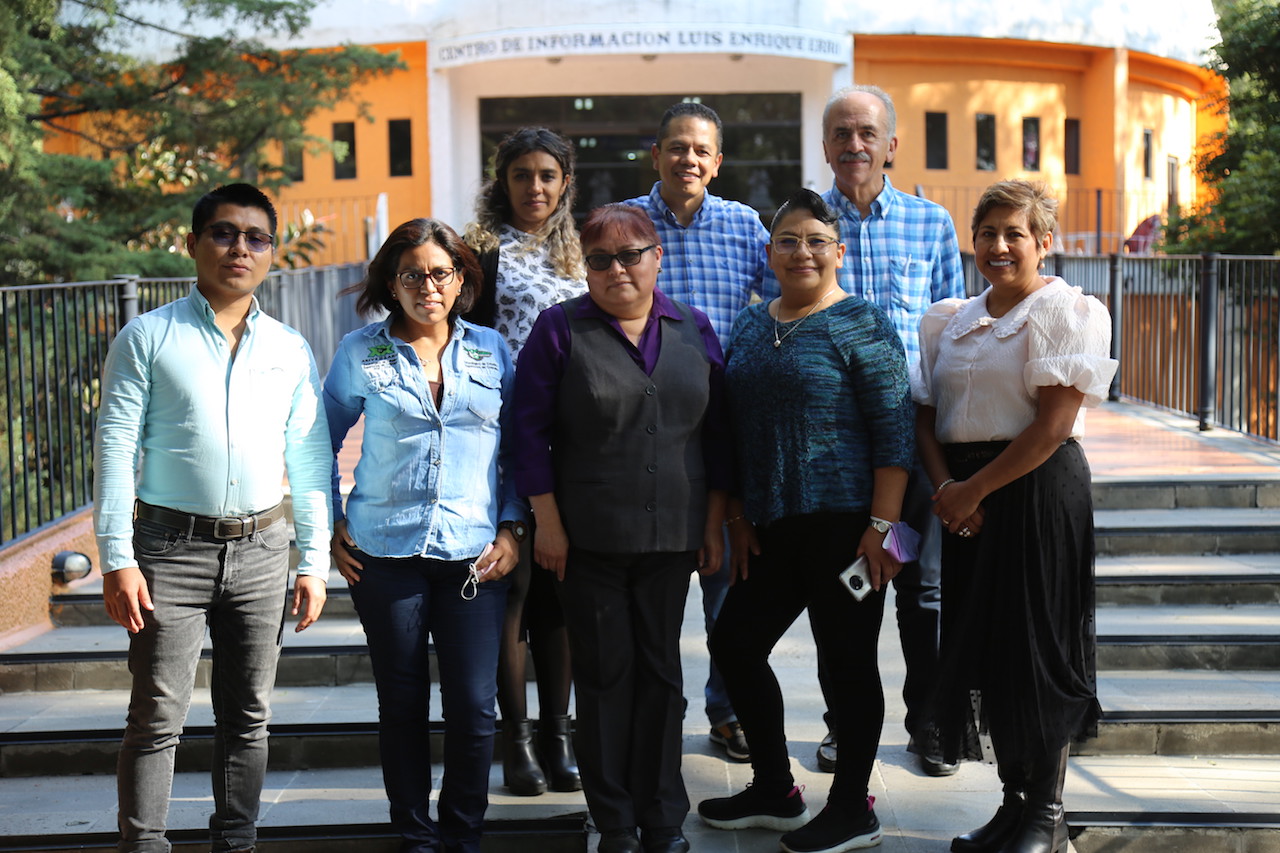With artificial intelligence they seek to predict energy consumption in the domestic sector
Santa María Tonantzintla, Puebla, November 24, 2022. Thanks to an innovative artificial intelligence technique, experts can predict energy consumption in the domestic sector, which will allow decisions to be made that help mitigate climate change.
The foregoing, within the framework of the European project WHY, in which the National Institute of Astrophysics, Optics and Electronics (INAOE), Conacyt's public research center, collaborates. WHY is a long-range project that seeks to improve the modeling of energy demand at the domestic level and generate knowledge and innovation to create societies oriented towards sustainable development. Having better and more robust models will allow governments and political actors to make the best decisions to slow down climate change and benefit all sectors of the population.
The researcher at the University of Deusto, Basque Country, Armando Aguayo Mendoza, explains that the purpose of WHY is to implement an artificial intelligence technique known as causal inference, to understand the causes and effect of specific interventions that contribute to the energy transition, but from the consumer side, not from the power generation side.

“There is a stable and reliable prediction of when and how to produce energy, but there is a gap in the knowledge of the prediction of energy consumption in the residential sector. WHY has the purpose of addressing this gap by modeling the forms of behavior that we have in our society and identifying the types of users and the determinants under which they make the decisions that affect the energy transition”, he comments.
Armando Aguayo stresses that in collaboration with Dr. Luis Enrique Sucar Succar, from INAOE, a comparison is being developed to validate what they have found in Europe with the findings in Mexico, which will allow them to identify the determinants that govern the decisions that day Every day people think about how to use energy, what behaviors are taking place to motivate the energy transition and how they get involved and decide to invest time and money in favor of it.
The University of Deusto researcher adds that four important aspects are being covered in Europe: mobility, buildings, energy consumption in homes through household appliances and market flexibility. In Mexico, aspects of mobility and flexibility were evaluated. The latter has to do with the opportunities we have to either generate energy or consume green energy and "how can we participate as end users to produce our energy, what are the conditions to do so, if it is feasible and, if we cannot produce it, to know if there is a way to be able to consume the energy that someone else produces”, he emphasizes.
For his part, the INAOE researcher, Dr. Luis Enrique Sucar Succar, points out that the central idea of ??the collaboration is to obtain information on the archetypes, that is, the types of people, that exist around climate change, where there are people who it is more pro-environment, indecisive and stubborn people.
“There are archetypes of people and then the determinants influence people's decisions, that is, the variables, for example deciding if I have soft loans, if I am going to buy a hybrid car. Experts from different specialties, from the technical, energy, sociology, psychology, political sciences, eight people in total in Mexico, were contacted to help identify these archetypes. They did some initial work remotely with some project formats, and on Friday, November 4, we met here to define and reach a consensus on these archetypes and the factors that influence the decisions of each archetype in Mexico. It is the experts who imagine what the users do”, explains Dr. Sucar, National Science Award winner.

For this project, a new artificial intelligence technique is used in the upper layer, called causal inference, which is not data-oriented. This is what is innovative, says Armando Aguayo, who adds that almost all general artificial intelligence techniques depend on the quality of the data and that it is possible to learn from them in order to train them.
In contrast, the work with the INAOE is oriented towards expert knowledge: “We need professionals who have observed the energy transition. We created a panel of multidisciplinary experts to cover this idea from different aspects and each of them identifies the types of users on their own. We convened the experts through the INAOE and with them by consensus we identified the archetypes, which are our first step to define the users of energy consumption in the Latin American context. This will help to make day-to-day decisions regarding the energy transition.”
Dr. Sucar explains that these are causal models that are built from expert information and that allow simulating what would happen if a decision is made. “It's a model of how people think and it helps governments, it tells them what would work. I have another project related to learning causal models, where we have worked more on learning from data but we are also interested in learning from experts, so we are collaborating the two projects and that allowed us to hold the meeting”.
Finally, Armando Aguayo expresses that this project allows them to strengthen ties with the INAOE, which has consolidated experience in the sense of causality, "and we are implementing it in practice with this project, in the end we have to validate eight scenarios that range from How can we estimate the impact of these decisions and whether we can democratize decisions and seek interventions that benefit various sectors. This allows us to find similarities between Europe and the Latin American context and offer this tool to decision makers to accelerate our transition, in terms of the energy transition, to the scenarios dictated by the Paris Agreement."
Luis Enrique Erro # 1, Tonantzintla, Puebla, México, Código Postal 72840, Tel: (222) 266.31.00, difusion@inaoep.mx
This work is licensed under a Creative Commons Attribution-NonCommercial-NoDerivs 2.5 Mexico License.


